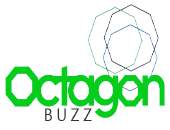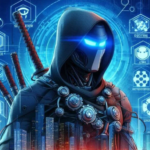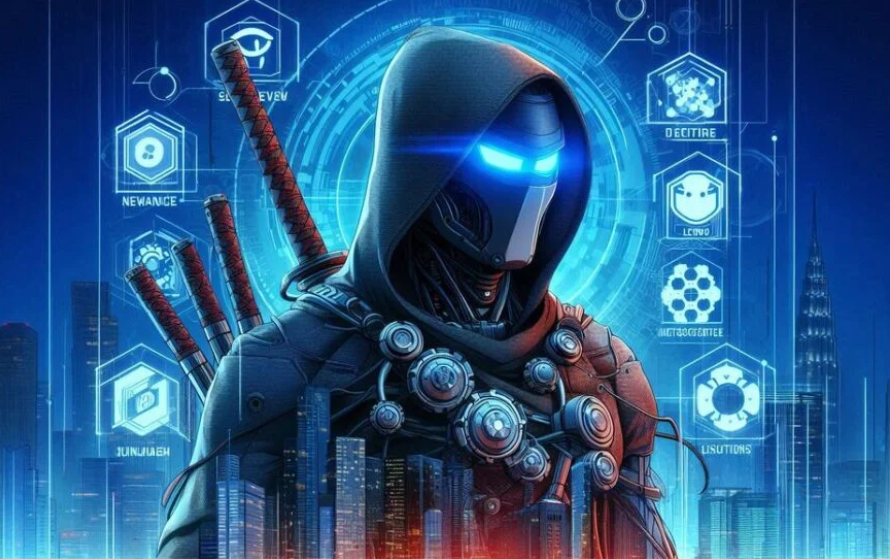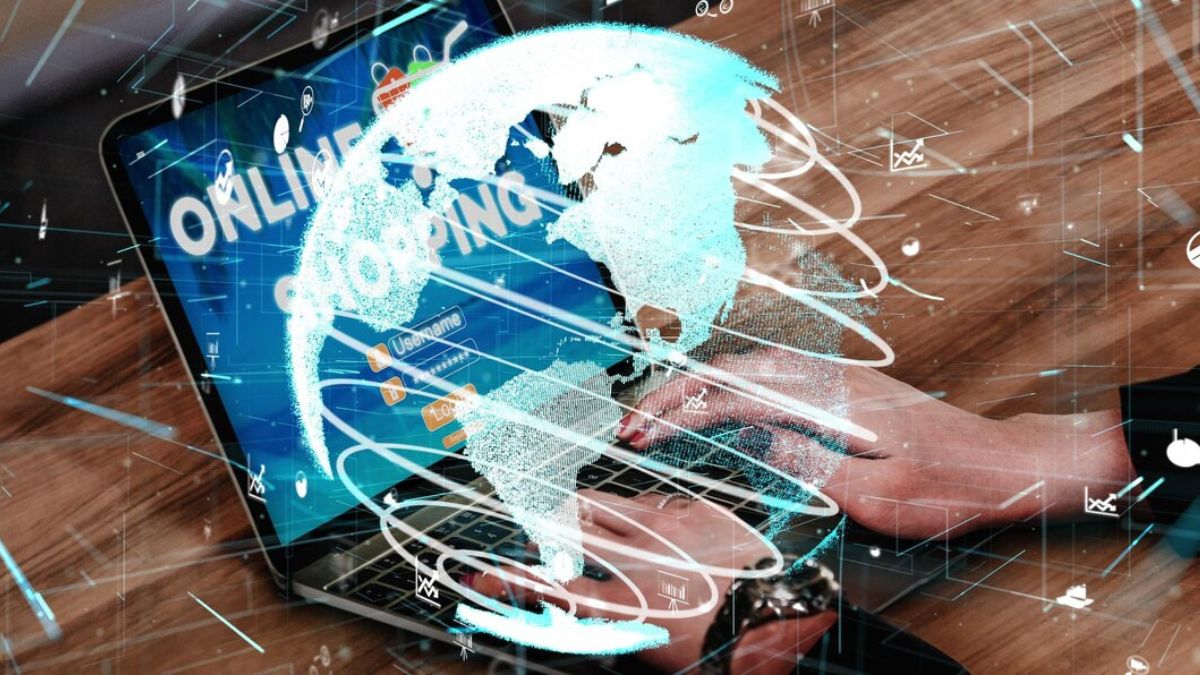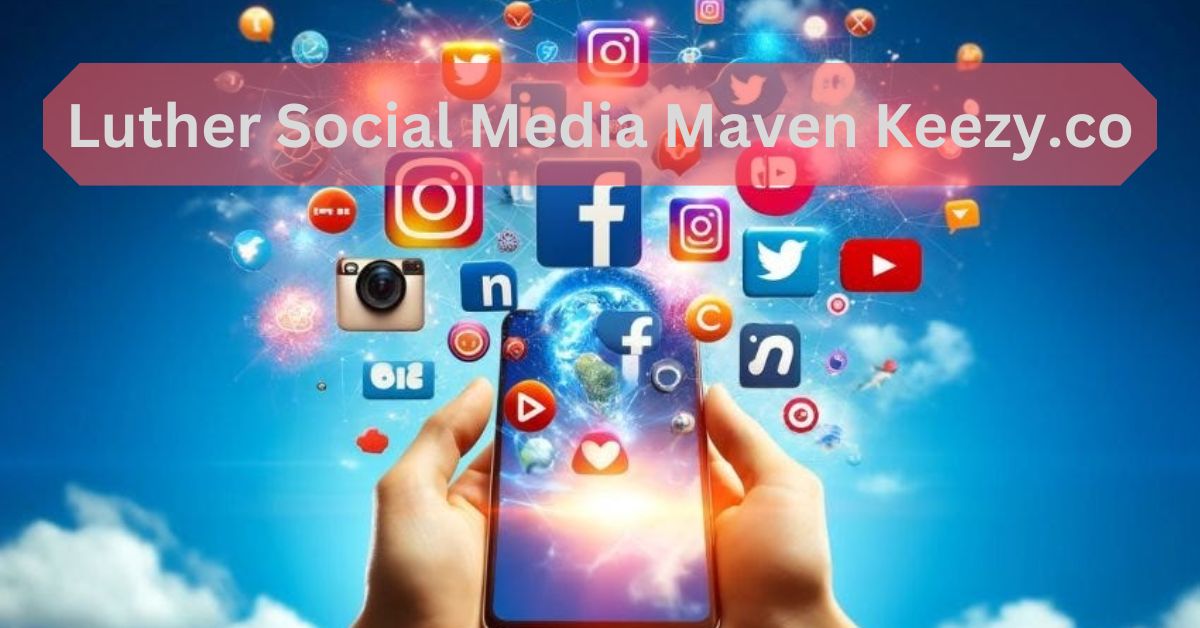In an era dominated by rapid technological advancements, the concept of Mıllıeyt—a unique blend of tradition and innovation—has undergone significant transformation. The digital age has brought about unprecedented changes, shaping how Mıllıeyt is perceived, practiced, and preserved. As technology continues to evolve, so too does the future of Mıllıeyt, creating a dynamic interplay between heritage and modernity. This article delves into the role of technology in redefining Mıllıeyt and explores the emerging trends that are set to influence its trajectory in the coming years.
The Evolution of Mıllıeyt in the Digital Era
Mıllıeyt has always been a reflection of cultural identity and heritage. Traditionally, it was passed down through generations, often orally or through community practices. However, the digital age has redefined the ways in which Mıllıeyt is communicated and maintained. With the rise of the internet and digital platforms, Mıllıeyt has found new avenues for expression, allowing it to reach a global audience. This shift has not only expanded the reach of Mıllıeyt but also introduced new interpretations and adaptations that align with contemporary digital culture.
The Role of Social Media in Promoting Mıllıeyt
Social media platforms have become powerful tools in promoting and preserving Mıllıeyt. They provide a space for individuals and communities to share their traditions, rituals, and cultural practices with a broader audience. Platforms like Instagram, Facebook, and TikTok are filled with content that highlights various aspects of Mıllıeyt, from traditional attire and cuisine to festivals and ceremonies. The viral nature of social media allows these cultural elements to spread rapidly, creating a digital archive of Mıllıeyt that is accessible to people worldwide.
Digital Platforms Preserving Mıllıeyt
Beyond social media, specialized digital platforms have been developed to preserve and promote Mıllıeyt. Websites, apps, and online databases dedicated to cultural heritage provide a wealth of information and resources related to Mıllıeyt. These platforms often collaborate with cultural institutions, museums, and academic researchers to ensure that the information presented is accurate and reflective of the true essence of Mıllıeyt. Additionally, digital archives and virtual museums allow users to explore Mıllıeyt in a more interactive and engaging manner.
The Intersection of Mıllıeyt and E-Commerce
E-commerce has emerged as a significant player in the promotion of Mıllıeyt, particularly in the realm of traditional crafts, clothing, and artisanal products. Online marketplaces have made it easier for artisans to reach customers beyond their local communities, thereby supporting the economic sustainability of Mıllıeyt-related businesses. The rise of global shipping and digital payment systems has further facilitated this process, enabling the global distribution of Mıllıeyt products. This intersection of Mıllıeyt and e-commerce has not only boosted the visibility of traditional crafts but also contributed to their preservation by creating demand in new markets.
How AI is Enhancing Mıllıeyt Practices
Artificial intelligence (AI) is playing an increasingly important role in enhancing Mıllıeyt practices. AI-powered tools are being used to analyze and preserve cultural artifacts, translate traditional languages, and even recreate ancient customs in virtual environments. These advancements have the potential to make Mıllıeyt more accessible to younger generations and those outside of the traditional cultural sphere. For instance, AI-driven apps can help users learn about Mıllıeyt through interactive experiences, while AI-assisted translations ensure that cultural knowledge is not lost in the digital age.
The Future of Mıllıeyt in a Globalized World
As globalization continues to shape the world, the future of Mıllıeyt faces both opportunities and challenges. On one hand, globalization provides a platform for the dissemination of Mıllıeyt across borders, leading to greater cross-cultural understanding and appreciation. On the other hand, there is a risk of Mıllıeyt being diluted or commodified as it is adapted for global consumption. The challenge lies in finding a balance between maintaining the authenticity of Mıllıeyt and embracing the innovations that globalization brings.
The Challenges Facing Mıllıeyt in the Digital Age
Despite the many benefits that digital technology offers, there are several challenges facing Mıllıeyt in the digital age. One of the main concerns is the potential for cultural appropriation, where elements of Mıllıeyt are taken out of context and used inappropriately. Additionally, the digital divide means that not all communities have equal access to the technology needed to preserve and promote their Mıllıeyt. Furthermore, the fast-paced nature of digital communication can lead to the oversimplification of complex cultural practices, reducing them to mere trends or fads.
Strategies for Safeguarding Mıllıeyt in the 21st Century
To safeguard Mıllıeyt in the 21st century, it is essential to adopt strategies that balance innovation with tradition. This includes encouraging digital literacy among communities so that they can actively participate in the preservation of their Mıllıeyt. Collaborations between cultural institutions, tech companies, and local communities can also help to ensure that digital tools are used responsibly and effectively. Moreover, raising awareness about the importance of cultural heritage in the digital age can foster a greater appreciation for Mıllıeyt among the general public.
Case Studies: Mıllıeyt in the Modern World
Several case studies highlight the successful integration of Mıllıeyt into the digital world. For example, the use of virtual reality (VR) to recreate traditional ceremonies allows users to experience Mıllıeyt in an immersive way. Similarly, digital storytelling platforms have enabled communities to share their Mıllıeyt in a narrative format, preserving oral histories for future generations. These case studies demonstrate that, with the right approach, technology can be a powerful ally in the preservation and promotion of Mıllıeyt.
Conclusion
In conclusion, the digital age has brought about significant changes to Mıllıeyt, offering both opportunities and challenges. Technology has expanded the reach of Mıllıeyt, allowing it to be shared with a global audience, while also providing new tools for preservation and promotion. However, it is crucial to approach these advancements with caution, ensuring that the essence of Mıllıeyt is not lost in the process. By adopting responsible strategies and embracing innovation, we can ensure that Mıllıeyt continues to thrive in the digital era.
FAQs
- What is Mıllıeyt? Mıllıeyt refers to a cultural identity that blends tradition with modern innovation, often rooted in a specific community’s heritage.
- How has technology impacted Mıllıeyt? Technology has expanded the reach of Mıllıeyt, allowing it to be shared globally and preserved in new, innovative ways.
- What role does social media play in Mıllıeyt? Social media platforms are crucial in promoting Mıllıeyt by providing a space for sharing cultural practices and traditions with a broad audience.
- Can Mıllıeyt be preserved digitally? Yes, digital platforms, archives, and virtual museums are increasingly used to preserve and promote Mıllıeyt.
- How does e-commerce intersect with Mıllıeyt? E-commerce facilitates the global distribution of traditional crafts and products, supporting the economic sustainability of Mıllıeyt-related businesses.
- What is the future of Mıllıeyt in a globalized world? The future of Mıllıeyt in a globalized world will involve balancing authenticity with innovation, ensuring it remains relevant while maintaining its cultural essence.
- What are the challenges facing Mıllıeyt in the digital age? Challenges include cultural appropriation, the digital divide, and the oversimplification of complex cultural practices.
- How can Mıllıeyt be safeguarded in the 21st century? Strategies include promoting digital literacy, fostering collaborations between cultural institutions and tech companies, and raising awareness of cultural heritage’s importance.
- Are there examples of Mıllıeyt being integrated into digital platforms? Yes, examples include the use of VR for traditional ceremonies and digital storytelling platforms for preserving oral histories.
- What is the significance of AI in Mıllıeyt practices? AI enhances Mıllıeyt practices by preserving cultural artifacts, translating languages, and recreating ancient customs in virtual environments.
Conclusion
The digital age has undeniably transformed Mıllıeyt, presenting a unique blend of opportunities and challenges. While technology offers new ways to preserve, promote, and share Mıllıeyt, it also requires careful consideration to avoid the loss of cultural essence. The future of Mıllıeyt lies in striking a balance between embracing innovation and maintaining authenticity. By fostering collaboration between cultural stakeholders and the tech industry, and by promoting digital literacy within communities, we can ensure that Mıllıeyt continues to thrive in a globalized and digital world. The journey of Mıllıeyt in the digital age is one of evolution, adaptation, and resilience, and with the right approach, it can continue to flourish for generations to come.
